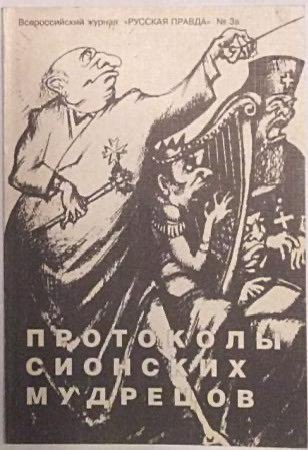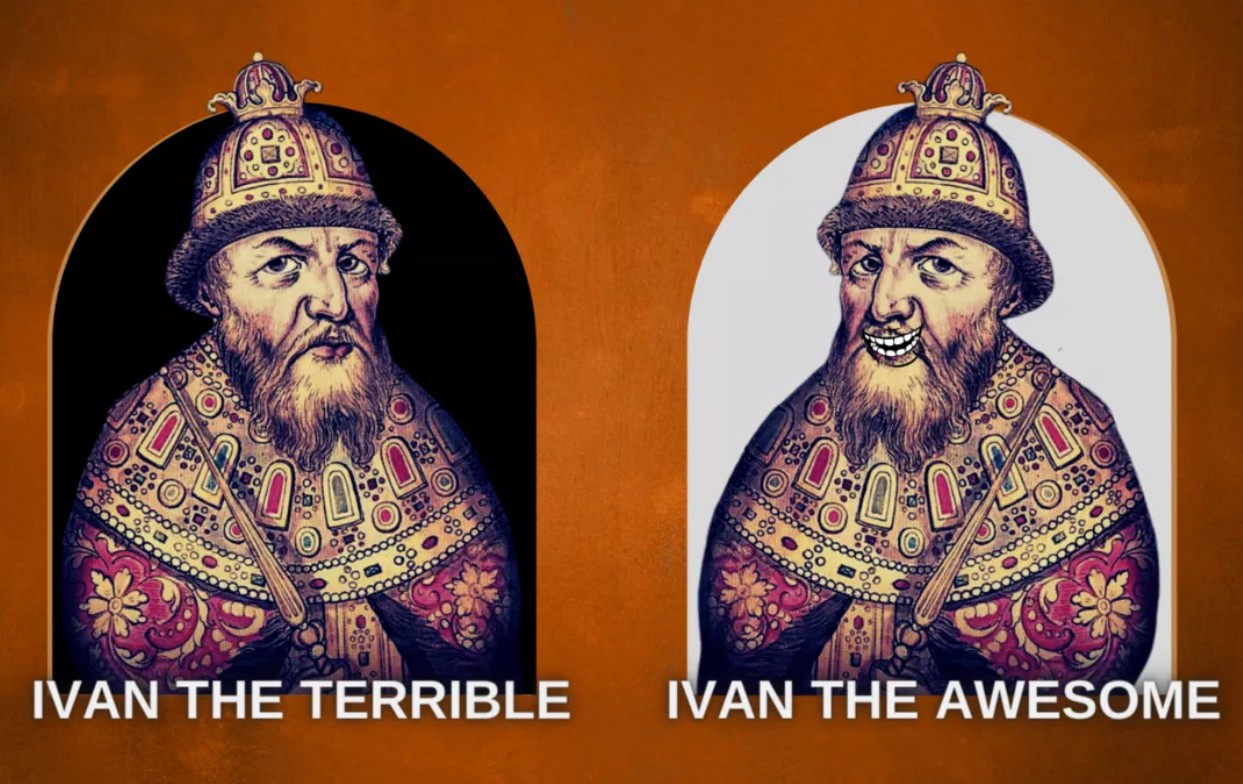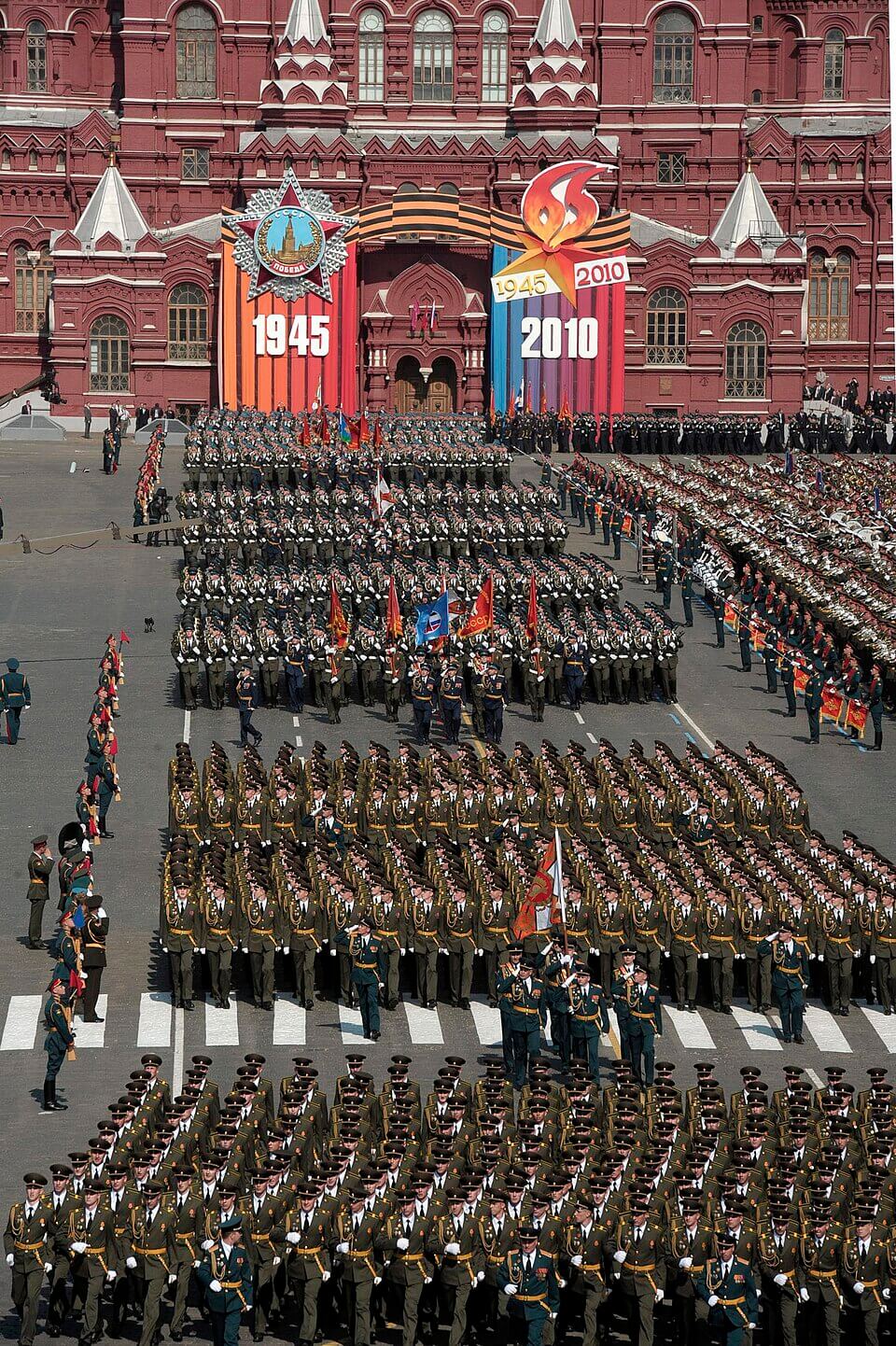56 Racism in Russia
Workers of the world, unite? Every man becomes a brother? Did you know that Russia has a long tradition in racism and antisemitism? Did you know ‘pogrom’ is a russian word? Read on.
Racism, Antisemitism, Protocols of the Elders of Zion
56.1 Antisemitism
Russia has such a huge history of antisemitism, that there are three Wikipedia articles devoted to it:
In 1985, the KGB-supervised Anti-Zionist Committee of the Soviet Public, known by its Russian acronym as AKSO, issued a brochure, Criminal Alliance of Zionism and Nazism … Senior members of the AKSO, most of whom were prominent Soviet Jews (an intentional choice on the part of the KGB, meant to deflect accusations of antisemitism) claimed that they had irrefutable proof of Zionist co-operation with the Nazis … They claimed that Zionists had colluded ‘in the genocide against the “Slavs, Jews and some other peoples of Europe”’ … In the course of the campaign, hundreds of anti-Zionist and anti-Israel books and thousands of articles were published in the USSR, with millions of copies entering circulation in the country. Many were translated into foreign languages – English, French, German, Spanish, Arabic and numerous others.1
Designed by the KGB and overseen by chief Communist Party ideologues, the campaign had achieved numerous successes. For a significant portion of domestic and some foreign audiences, it succeeded at emptying Zionism of its meaning as a national liberation movement of the Jewish people and associating it instead with racism, fascism, Nazism, genocide, imperialism, colonialism, militarism and apartheid. It contributed to the adoption of the notorious 1975 UN General Assembly Resolution 3379, which held Zionism to be a form of racism and paved the way for the demonisation of Israel within that organisation … The U.S. State Department viewed the AKSO committee as an important tool within that campaign, one that it classified as a tool in the Soviet arsenal of ‘active measures’ – ‘covert or deceptive operations conducted in support of Soviet foreign policy.’ … The antisemitic nature of this campaign was appalling. The main authors contributing content– many of whom had direct links with the KGB and top party leadership – relied heavily on antisemitic tropes borrowed directly from the Protocols of the Elders of Zion. Some in the group were closet admirers of Hitler and Nazism and used Mein Kampf as both a source of ‘information’ about Zionism and inspiration for their own interpretations. (ibid.)
The first freely elected parliament in Eastern Germany apologized for the anti-Semitic crimes of the Soviet-controlled GDR:
We ask the Jews of the world for forgiveness. We ask the people of Israel for forgiveness for the hypocrisy and hostility of official GDR policy towards the State of Israel and for the persecution and degradation of Jewish fellow citizens in our country even after 1945. We declare that we will do everything in our power to help heal the mental and physical suffering of the survivors and to stand up for just compensation for material losses.2
56.2 Pogrom
The word Pogrom stems from russia, for a reason. In late 1800s Imperial russia started a campaign of deportations, intimidations and massacres to force Jews to abandon their land so russians could move in.
The Protocols of the Elders of Zion was first published in a newspaper in the Russian Empire in 1903. The publisher claimed to have discovered a real document that proved there was a Jewish world conspiracy. This was not true. The Black Hundreds were behind the worst antisemitic hoax in history which served to justify violent genocide of Jews.3
The Black Hundreds was a racist, genocidal movement that believed in conquest by divine right of white Christian Slavs whose ideology would be later adopted by Germans, becoming Nazism:
In many respects, the Black Hundreds shared the main ideological patterns of fascist movements in Europe. In their calls for a metaphysical unity of the nation, a return to the past, and anti-capitalist and anti-Semitic rhetoric combined with the promotion of a mythical rural authenticity and Orthodoxy4
Alfred Ernst Rosenberg — a Baltic German Nazi theorist and ideologue — studied 1915 - 1917 in Moscow and later brought the Protocols of the Elders of Zion in the early 1920s to Hitler.
The most important Black Hundreds figure, Nikolai E. Markov (1866–1945), former leader of the Union of the Russian People (UPR) and of the rightists’ faction at the Third and Fourth Dumas, played a critical role in linking the Black Hundreds legacy to Nazism.5
Amongst other activities, Markov defended the Protocols of the Elders of Zion in the Berne Trial.6
56.3 Russification
Stalin continued racist russification of its colonies:
As Joseph Stalin (1927–53) consolidated political power in the late 1920s, ethnic hostility gradually replaced class-enemy antagonism. The Soviet Union’s racist ideas and policies played out most forcefully in the geopolitically sensitive border zones. In 1928, officials determined to cleanse all unreliable ethnic and national groups from its borders.7
56.4 Russophobia
“Russophobia” is a propaganda term used in an attempt to immunize Russification against criticism by projecting russian rassism onto opponents: The term defames critics who point out real dangers as an expression of a mentally ill fear (phobia). 
56.5 Uniformity
The russian regime loves loyalty and uniformity and hates objection and diversity.
56.6 Slavs only
Uniformity implies a racist ideal: the white slav.
The dominance of whiteness was on wide display in the race-conscious “Slavs Only” (tol’ko slavianam) job advertisements and apartment and room listings as well.8
56.7 See also
See also Chapter 58.
Izabella Tabarovsky ( May / 2019 ) Soviet Anti-Zionism and Contemporary Left Antisemitism. fathom journal. https://fathomjournal.org/soviet-anti-zionism-and-contemporary-left-antisemitism/↩︎
DDR Volkskammer (12. April 1990) Gemeinsame Erklärung der Volkskammer. https://www.ddr89.de/vk/vk_Erklaerung.html↩︎
An Antisemitic Conspiracy: The Protocols of the Elders of Zion. United States Holocuast Memorial Museum. https://encyclopedia.ushmm.org/content/en/article/protocols-of-the-elders-of-zion↩︎
Giovanni Savino (2018) A Reactionary Utopia Russian Black Hundreds from Autocracy to Fascism. https://www.academia.edu/39177864/A_Reactionary_Utopia_Russian_Black_Hundreds_from_Autocracy_to_Fascism↩︎
Giovanni Savino (2018) A Reactionary Utopia Russian Black Hundreds from Autocracy to Fascism. https://www.academia.edu/39177864/A_Reactionary_Utopia_Russian_Black_Hundreds_from_Autocracy_to_Fascism↩︎
Notes et Commentaires de N.E. Markoff (1935) https://portal.ehri-project.eu/units/il-002820-9932929394804146/search?page=17&sort=updated↩︎
Giovanni Savino (2018) A Reactionary Utopia Russian Black Hundreds from Autocracy to Fascism. https://www.academia.edu/39177864/A_Reactionary_Utopia_Russian_Black_Hundreds_from_Autocracy_to_Fascism↩︎
Eugene M. Avrutin (2022) Racism in Modern Russia. From the Romanovs to Putin. In: M. Laurelle (ed.), Entangled Far Right: A Russian-European Intellectual Romance in the Twentieth Century, Pitt Series in Russian and East European Studies University of Pittsburgh Press. https://www.academia.edu/39177864/A_Reactionary_Utopia_Russian_Black_Hundreds_from_Autocracy_to_Fascism↩︎




